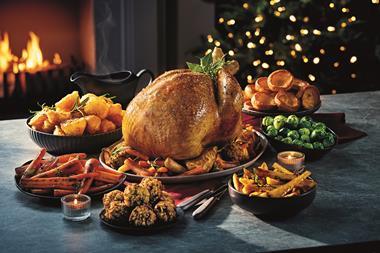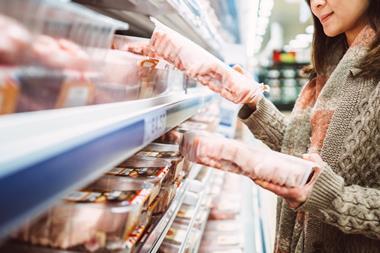The prospect of two billion more people on the planet by 2050 suggests that the latest commodity price boom is a prelude to what economists call a Malthusian catastrophe: a return to subsistence living.
The predictions for 2012 may be grim, but the real worry is in the long term. What happens when our use of resources outstrips what the planet has to offer?
When it comes to food, the problem is twofold. As well as having more mouths to feed, the industry will have to adapt to a richer Asian continent where demand for meat and dairy is predicted to rocket.
Some argue that if the rest of the world adopts our eating habits, supply will be unsustainable. “An affluent country like Britain eats as if there were two or three planets,” says Tim Lang, professor of food policy at City University.
With supply increasingly constrained, this would on paper put major upward pressure on prices. But over the next decade, prices are actually likely to fall. The UN FAO expects average real cereal prices to be 20% higher and meat prices 30% higher between 2011 and 2020 than they were over the past decade. But since global food prices ballooned 38% between June 2010 and May 2011, average prices are likely to be lower than at their peak last year.
The 2011 spike was sparked by supply rather than demand factors, says Steve McCorriston, professor of agricultural economics at Exeter University. Poor harvests in 2010 - notably the disastrous wheat harvest in Russia and subsequent export ban - were the catalysts for the price boom. And low global stocks amplified the effect. “Stocks were low on world markets - so when the supply shock hit, the impact on prices was exaggerated,” says McCorriston.
The latest commodity pricing crisis is in many ways just a cyclical peak. Like the 1973/1974 spike, when another Russian drought and lack of grain reserves combined to send prices rocketing, the price booms in 2008 and 2011 came after long periods of low prices that discouraged investment in agriculture.
The hope is that the current high prices will act as a spur for investment. The FAO estimates that a 50% increase in annual investment will be required for total food production to rise 70% by 2050, the amount needed to satisfy the predicted demand by then.
Experts are confident increases in production and productivity are possible, even without revolutionary improvements in technology. “The big frontier is in the developing countries - they are still a long way off producing what they could,” says McCorriston.
Improving smallholders’ productivity will be crucial to boosting future food supplies, agrees Waitrose’s director of food technology, David Croft. “About 85% of smallholder farmers are beyond the reach of agricultural knowledge. Giving them access to agricultural extension services through farmer organisations will be key. Small producers can improve yields by 40-50% by just doing the basics.”
However, not everyone is as convinced by the increasing production/falling commodity cost paradigm. As an input cost, crude oil has long affected crop prices. But it is likely to have more of an influence if high prices make biofuels look more affordable - spurring demand and potentially encouraging more farmers to switch production away from food crops. This would put more upward pressure on food commodity prices.
Whether prices go upwards or downwards, one thing is certain: as a country that imports about 60% of its food, the UK will be more affected than most. In a recent paper entitled ‘Explaining UK food inflation’, McCorriston and academics at Nottingham University predicted that a 10% increase in world agricultural prices would increase UK food price inflation by 2.42%. The industry is just keeping its fingers crossed no such rises materialise.
Source
Guy Montague-Jones



















No comments yet